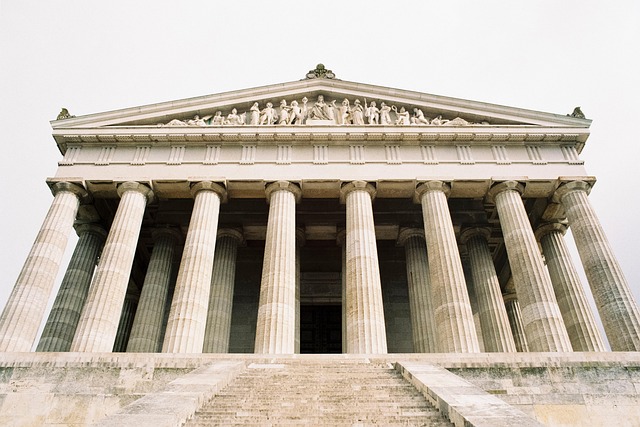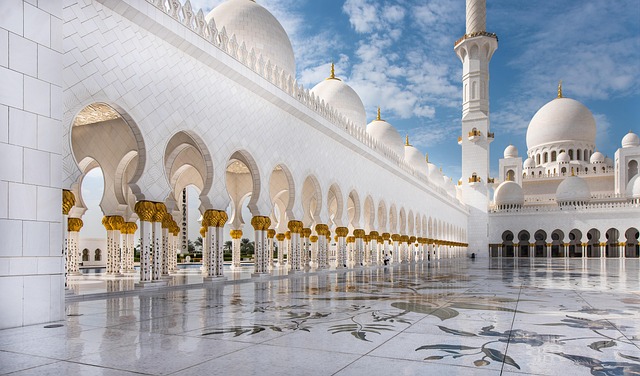The Power of Adoration in Religious Worship
Adoration stands at the very heart of religious worship, embodying an innate human response to the divine. As communities gather in sacred spaces, the act of adoration transcends mere ritual; it evolves into a profound expression of faith that binds individuals together in a tapestry woven with shared reverence. In every faith tradition, this act serves not just as an acknowledgment of a higher power but as a transformative experience that uplifts the soul and nourishes the spirit.
To adore is to love deeply and to respect wholly, a duality that resonates deeply within us as we seek connection—not only with the divine but also with one another. Whether through prayer, song, or silence, adoration manifests in countless forms, inviting worshippers to enter into a state of humility and gratitude. Churches, synagogues, mosques, and temples come alive with the energy of collective worship, where the presence of the divine is palpably felt in the hearts of the faithful. The stirrings of adoration can elevate communal worship from a routine task to a vibrant celebration of faith.
In moments of adoration, individuals often reflect on their personal journeys, recognizing both their struggles and triumphs. This introspective side of worship allows for healing, as the act of honoring the divine helps reduce feelings of isolation and despair. People find solace knowing they are part of something greater than themselves—an unbroken chain of believers spanning generations. This shared experience fosters a deep sense of belonging and purpose, feeding the human spirit’s yearning for connection.
Consider the ritualistic aspects of adoration found in various religions. In Christianity, for instance, the Eucharist symbolizes a profound act of worship where believers express reverence through communion. The communal aspect of gathering to share in this sacred meal enhances the experience, creating an atmosphere of fellowship and mutual support. Similarly, in Hinduism, the practice of puja involves offering prayers and flowers to deities, focusing an individual’s love and devotion in a physical form that the divine can receive. Each gesture, each chant, is infused with adoration, reinforcing the bonds of community and spirituality.
Moreover, in the age of technology and digital communication, the expression of adoration has found new pathways. Virtual gatherings and online worship services have emerged as essential tools for many, especially during times of social distancing caused by global events. While these methods differ from traditional face-to-face gatherings, they still embody the essence of adoration, proving that love and reverence for the divine can permeate the digital realm. This evolution in expression illustrates the adaptability of worship, showing that while the context may change, the heart of adoration remains unwavering.
In summary, the power of adoration in religious worship lies not just in its traditional practices but also in its ability to unite individuals through shared love and recognition of the divine. Fostering this adoration serves to remind us of our interconnectedness and the strength found in communal worship. In nurturing our capacity for adoration, we not only enrich our own spiritual journeys but also contribute to a collective experience that radiates hope, love, and understanding within our communities.


